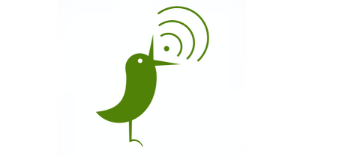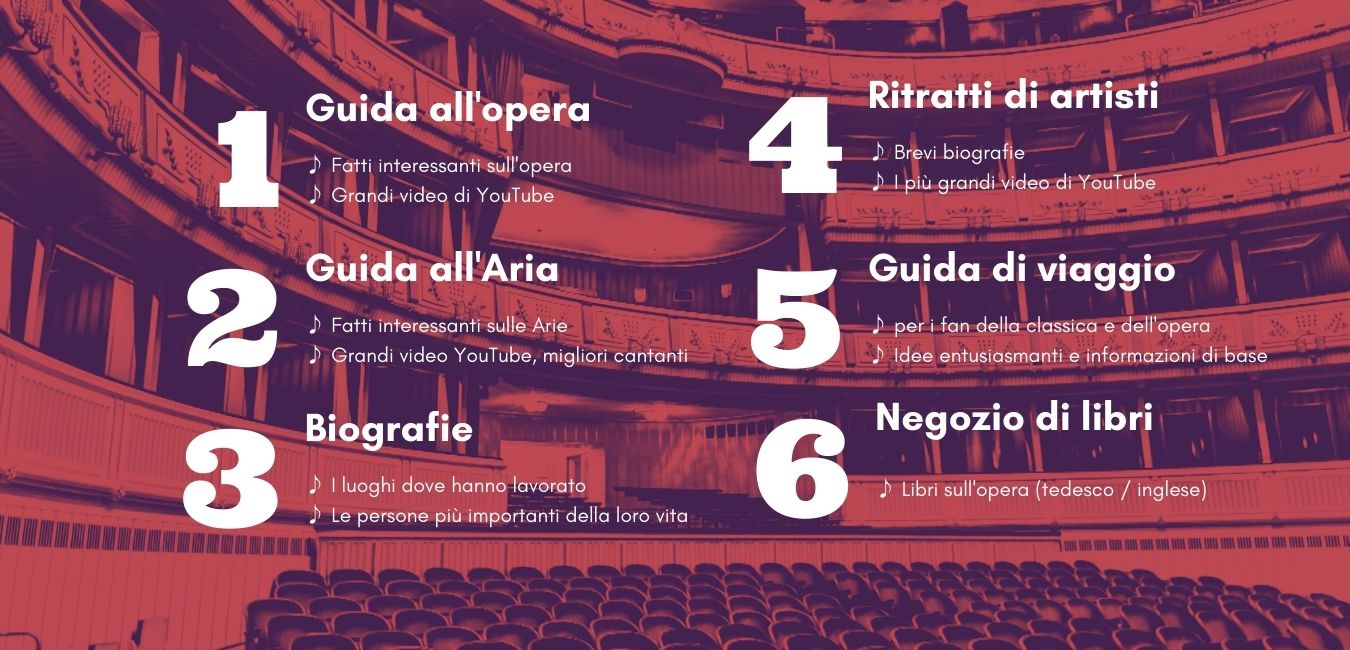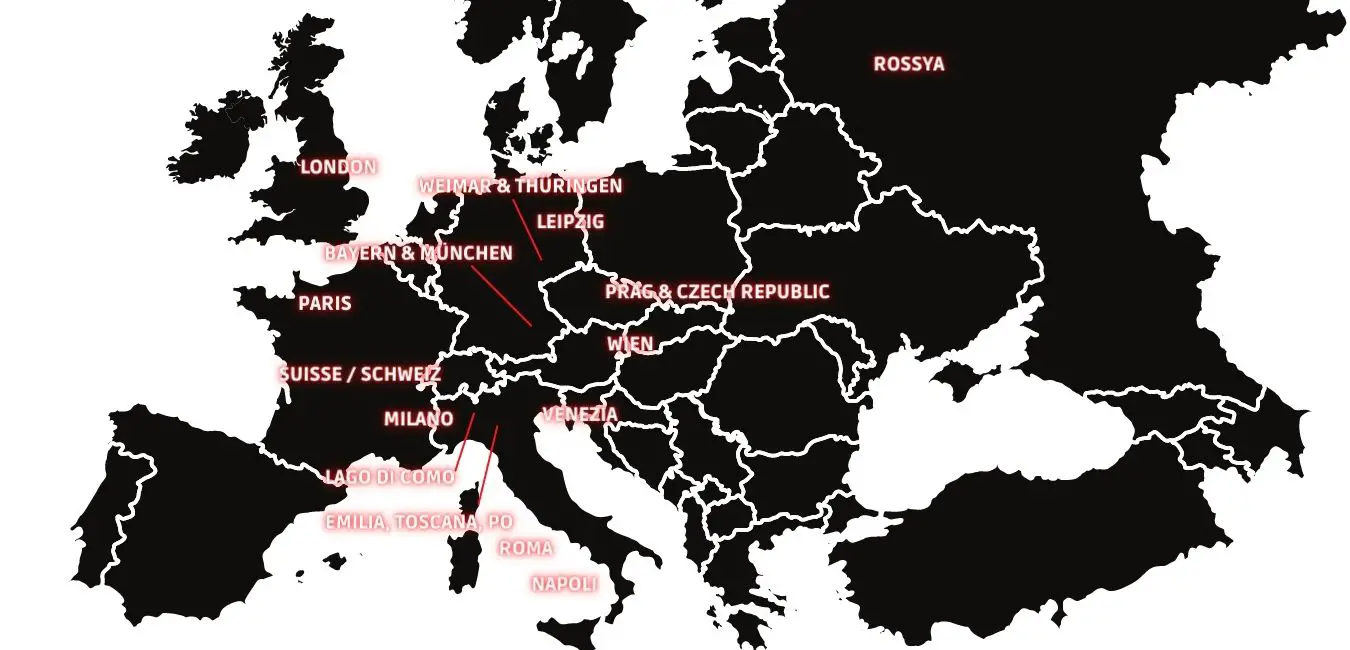Mozart: the universal genius
Even more than 200 years after Mozart’s death, his works are still at the top of the rankings of the most frequently performed operas. Mozart was not an opera specialist and he had a comparatively short life and yet he wrote 22 works for this genre !
He acquired his passion for opera on his travels to Italy. In 1770, at the age of 14, for example, he was commissioned to compose “Mitridate” for a theatre in Milan and he directed it himself. His later collaboration with Lorenzo dal Ponte produced his brilliant triumvirate of Italian operas (“Don Giovanni”, “Le nozze di figaro” and “Cosi fan tutte”).
Mozart not only excelled in the Italian opera buffa, but also in the opera seria and the German Singspiel. While Opera seria was reserved for historicizing subjects and appealed to a predominantly courtly audience (e.g. “Idomeneo” or “La clemenza di Tito”), the German Singspiel was the genre for the common people. The material was taken from fairy tales, stories and the then popular magic stories. “The Magic Flute” or the “Entführung aus dem Serail”are Mozart’s most important works for this genre.
What made Mozart’s operas unique, and what were his contributions to opera history? One could fill books with this. I would like to briefly address 4 themes:
Immortal figures: Mozart was the first composer to produce not only beautiful music for roles, but also true character portraits. Many of his characters will shine forever in the starry sky of opera literature because they have become flesh and blood. In the first place I would call the Countess and Cherubino from the Nozze. Papageno and the Queen of the Night from the Magic Flute belong to this list, as does Don Giovanni from the opera of the same name. This list could of course be extended further.
Setting women’s feelings to music: Mozart has written the most beautiful roles, arias and duets for women. Tender hymns of love, death wishes and feelings of revenge were the feelings he masterfully set to music. These feelings were closer to him than the blaring testosterone-impregnated pieces for tenors.
Criticism of society: From personal experience the social order was a thorn in Mozart’s side and he addressed this in his operas. He always viewed the prerogative of the nobles critically (e.g. “Le nozze di figaro”) and engaged himself in the union of the time-critical Freemasons (“Zauberflöte”).
Psychology: Mozart was a master of psychology. The libretti were always subtle and ambiguous. Especially in the later years, Mozart composes music and text on various levels. This makes the interpretation of his works multi-layered and exciting.
The Opera of the Belcanto Era: Rossini, Donizetti, Bellini
Belcanto: These three composers form the triumvirate of Belcanto. Belcanto describes the Italian singing technique before 1900, including purity and refinement of tone, flow (legato), dynamic flexibility (messa di voce) and agility in ornamentation. The bel canto reached its heyday with this three composers.
Prima donnas: The stars of the Belcanto era were the prima donnas, who embellished the arias with coloraturas, cadenzas and ornaments at their own discretion. For the castrati of the Handel era works for the opera seria were still written until about 1820, but then the time of the Farinelli & Co ended and the time of the tenors began. Duprez was the first famous tenor. He caused a furore with his “do di petto”, the high C from full chest and unsettled Rossini, which led him to his famous aphorism, “it sounds like the death cry of a capon”.
Writing maniacs: The composers of this time were forced to continuously compose. In the so-called Impressionario system, the composers no longer had any exploitation rights after the one-off sale of their work to the theatre entrepreneur (Impressionario).So they had to continually write new operas in order to generate income. Thus Rossini wrote 40 operas in 20 years, Donizetti even surpassed him with 70 works in 27 years. Rossini was notorious for using individual pieces several times. He even went so far as to use the same overture for both an opera seria and an opera buffa. However, the frequent and fast writing was only possible by pressing the music and dramaturgy into strong stencils. This was symbolized by the “Scena ed aria”, which describes a schematic appearance of the actors. It follows the following sequence: recitative, slow aria (Cavatina), recitative, fast aria (Cabaletta) and possibly a stretta at the end. The Scena was accompanied by various appearances by cues. So librettists could quickly write pieces without having to go through every scene with the composer in detail.
Primacy of the melody: While for Rossini the musical effect (the famous Rossini crescendo and the great ensembles) was very important besides the beauty of voice , for Bellini and Donizetti the primacy of the melody was the key. Bellini wrote to one of his librettists that “opera must make people cry, fill them with horror, let them die by singing”. Their operas are full of love duets, swan songs and mad scenes. Bellini is often called the greatest melodist in history, even Wagner valued the Italian immensely. Less praise (with the exception of Rossini) went to the Belcanto composers for their orchestrations, which led a wallflower existence.
The greatest operas: With the gradual end of this era, the system changed towards opera repertoire. Although new compositions always remained important, many of the bel canto operas became repertoire operas. First and foremost must be mentioned: Rossini’s Barbers, Italiana and Tell. Donizetti’s Lucia, Fille du régiment and Don Pasquale and finally Bellini’s Puritani and Norma.
The Singspiel and the beginning of German opera
The differentiate the Singspiel from the italian opera is often made through the use of spoken dialogues of the Singspiel as opposed to the recitative of the Italian opera. The Singspiel had only few formalisms and so the (untrained) opera composer Beethoven had to torture himself for years with his opera Fidelio until he found a satisfactory dramaturgy.
The Triumvirate: There is a luminous triumvirate of the most important operas of the Singspiel. These are the three operas “Die Zauberflöte” (Mozart), “Fidelio” (Beethoven) and “Freischütz” (von Weber).
Bourgeois theatre: In contrast to the opera seria, the singspiel was the genre of the common people. Operas like the Freischütz are romantic plays of the Biedermeier era, in which fairy-tale material (E.T.A. Hoffman, Gebrüder Grimm) was popular. Perhaps the most impressive testimony is the famous Wolfsschlucht scene from the Freischütz.
Wagner’s forerunner: Wagner expressly named “Fidelio” and “Freischütz” as the foundation fathers of the German Opera. He called a performance of Fidelio with the singer Schröder-Devrient his awakening experience. And he held Weber in such high esteem that he personally supported the transfer of his mortal remains from London to Germany.
The French Opera: between “opéra comique” and “grand opéra”
Gigantism of the grand opéra: In the middle of the nineteenth century, Paris became the capital of the opera world. The reason was the foundation of the Paris grand opéra. The work in the operahouse was professionalized: lifelike stage sets and gigantic stage machines led to unprecedented theatre experiences. The historical dramas demanded 5 act operas, huge choirs and the obligatory ballet. The costs rose astronomically. The king of the grand opéra was Giacomo Meyerbeer (“Les huguenots”). But also the great composers of the neighbouring countries like Verdi (“Don Carlo”, “Vêpres siciliennes”), Rossini (“Guillaume Tell”) or even Wagner (“Tannhäuser”, “Rienzi”) composed for this magnet.
Opéra comique: The opposite pole of the grand opéra in the French capital was the opéra comique. Smaller forms, lower ticket prices and spoken dialogues differentiated this theatre form from its “big brother”. Its name came from the times when tragedy in theater was reserved for the nobility. Occasionally, some of these works appear on the repertoire of our opera houses (Auber’s “Frau Diavolo”, Fille du régiment or Cherubinis Medéa).
Neither- nor, the 4 main works: Ironically, the four most important works of this time do not belong to any direction. These 4 works are among the greatest of opera literature of all times and unite elements of both French opera styles. This exclusive circle includes Gounod’s “Faust”, Massenet’s “Manon”, Bizet’s “Carmen” and Offenbach’s “Les contes d’Hoffmann”.
Verdi: the Titan of the Italian Opera
Verdi has been the world’s most widely performed opera composer for 150 years. Together with Richard Wagner, who was born in the same year, he shaped opera music for 50 years.
The rise: At the age of 26 he wrote his first opera (Oberto). His first great success was Nabucco, whose choral piece “Va pensiero” became the anthem of Risorgimento, the Italian freedom movement. Verdi was even elected to the Chamber of Deputies, which he left soon after. This was followed by the galley years (which he himself called so), during which he regularly and often under time pressure composed operas and staged them in opera houses. Many of these works quickly prevailed. These middle creative years culminated at the beginning of the fifties in the trilogy “Rigoletto, Il Trovatore and La traviata”, which all belong to the most frequently played works of all.
Parisian years: Verdi also wanted to assert himself in Paris and wrote Les vêpres siciliennes and Don Carlos, which he later also rewrote for the Italian stages, so that two versions exist side by side.
Aida and the late years: Verdi retired to his country estate Bussetto with Giuliana Strepponi after his Paris years . It was the request from Egypt that captured the 58-year-old’s ambition and he wrote his famous opera Aida for the Cairo Opera House. 14 years later he worked with the librettist Arrigo Boito on the two age works Othello and Falstaff, the latter at the age of 86.
The Verdi style: Verdi adopted many formalisms from the Rossini period. For example the Belcanto style or the formulas of the Scena ed aria. But Verdi was also innovative and gave each of his operas its own musical colour, the so-called “Tinta musicale”, which he first worked out before he started composing the opera. In addition, there are other innovations of the Verdic “handwriting” such as the Verdi baritone.
Wagner: the Titan of the German Opera
His ascent: Wagner started his musical career as Kapellmeister. At the same time he composed. He had great admiration for the Fidelio and the Freischütz, which he regarded as the founding works of the German opera. After his escape from Königsberg (his expensive lifestyle and debts were his faithful companions in life) he tried his luck in Paris, but failed with Rienzi.
First works for the ring: for political reasons Wagner fled to Switzerland, where he began the Ring cycle with the opera Rheingold. Travelling years lead him to Paris (where he fails again with the Tannhäuser) and he composes the Tristan, which had great impact on other composers.
King Ludwig II saves him: Ludwig payed Wagner’s debts and helped him to get a position in Munich. But he soon had to emigrate again to Switzerland, where he continued to work on the Ring.
Bayreuth: The Wagner family moved there in 1872 to build his theater of the future. To secure the financing of this enormous undertaking cost Wagner a lot of work, but together with many patrons he managed to raise money for the laying of the foundation stone of the Festspielhaus and for the purchase of Villa Wahnfried. The first Festspiele took place in 1876 in the presence of Wilhelm and all European cultural celebrities and became Wagner’s greatest triumph. Over the next few years Wagner continued to work on Parsifal, his last work, suffering from great financial worries. The 1876 Bayreuth Festival was so expensive that it took 6 years until the next festival on the green hill where Parsifal was premiered.
The Wagner style: Wagner was an innovator of opera music. His two main tools were the “music drama” and the “leitmotif”? The first is the renunciation of the “number opera”, because drama and music have to form an inseparable unity. Recurring motifs (leitmotifs) create the connection. Consequently, Wagner has written the text and libretto for most of his works himself.
Strauss and Puccini: the heirs of Wagner and Verdi
The time after Wagner and Verdi can be divided into 2 currents. In Italy the Verismo develops, in Germany and other countries there are composers who are influenced by Wagner.
The Verismo: This style developed towards the end of the 19th century in Italy. It combines realistic theatre with raw emotional music. The artistic song (Belcanto) is abandoned in favour of dramatic vocal lines. The best known operas of this genre are (besides Puccini) “Cavalleria rusticana” (Mascagni), Pagliaccio (Leoncavallo) and Andrea Chénier (Giordano).
Puccini: Puccini called himself the “composer of the little things”. Each of his operas has its specific character, which Puccini meticulously fills with “little things” to life. It is comparable to Verdi’s “tinta musicale”. How far away are the delicate tones of the Bohème from the rough and brutal scenes of the Tosca. Turandot and Butterfly both live from the exotic musical language that Puccini meticulously studied. There is one thing that Puccini shared with Mozart, is the composers passion for the female roles. His Butterfly, Mimi, Manon, Tosca etc. are roles that are known to every opera friend in detail and will remain. Puccini cannot be assigned to any school, of course he has adopted elements of Verismo, but he has also used Wagner techniques whenever he found them useful. This can be clearly seen in the use of the leitmotifs, which Puccini uses excessively. Or that his arias are very short, since they are always integrated into the musical drama.
Richard Strauß, revolutionary and conservative: when Richard Strauß celebrated his first great opera success with “Salome” in 1908, he had the “Wagner period” behind him and found his way into the avant-garde with a naturalistic style. Soon he doubled with the “Arabella” and was celebrated as the composer of the modern age. What would have been the logical next step? Atonal compositions? Strauß did not want to go down this path. On the contrary – with the Rosenkavalier he wrote his greatest but retrograde work. It was a stroke of genius that he conceived with Hoffmannsthal, with whom he created a total of 10 operas.




